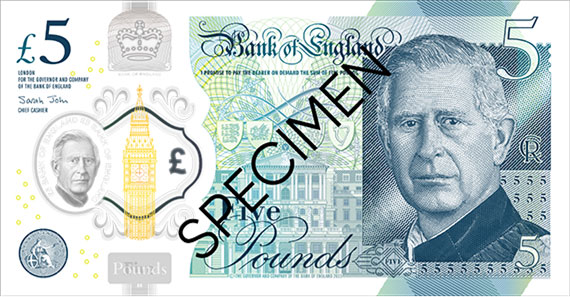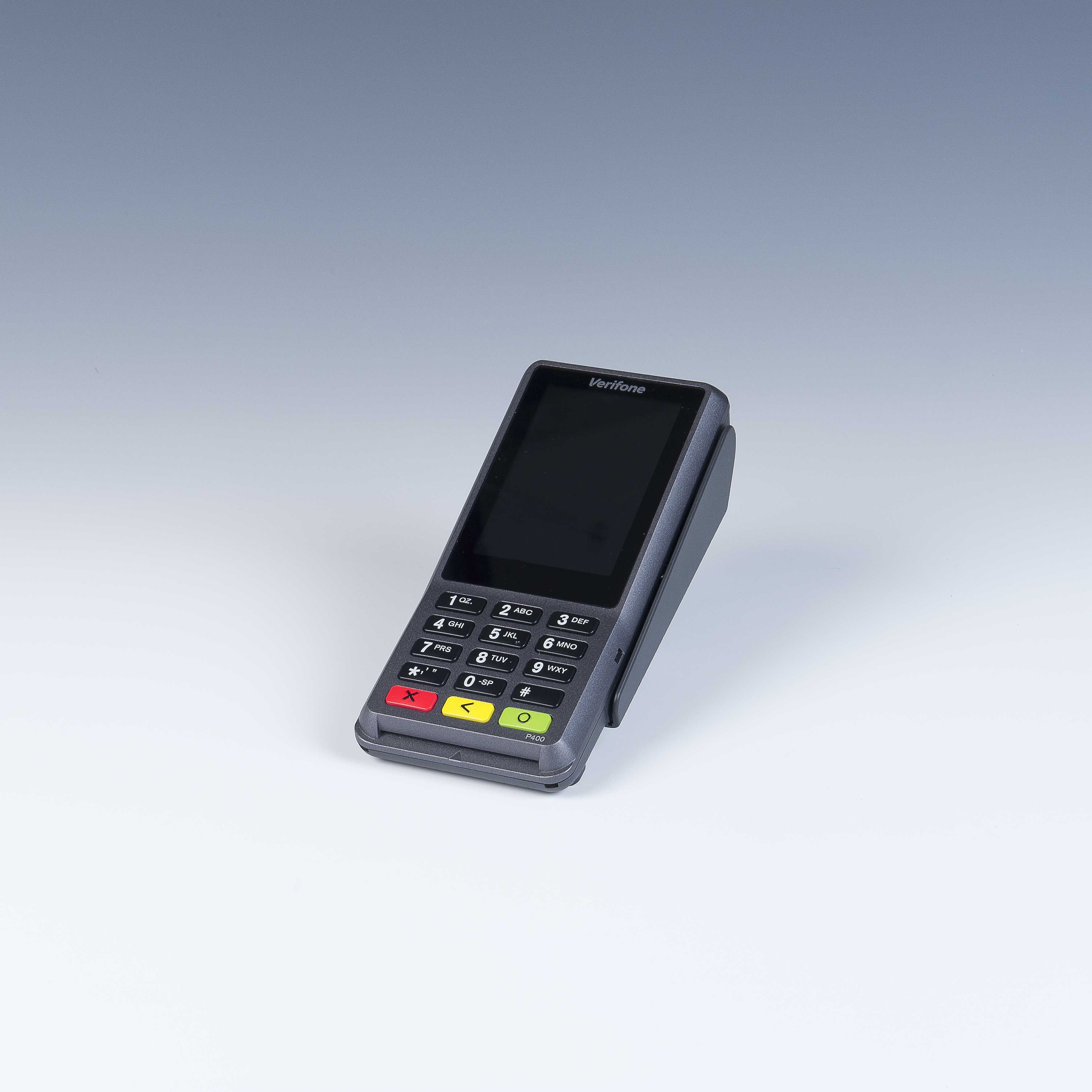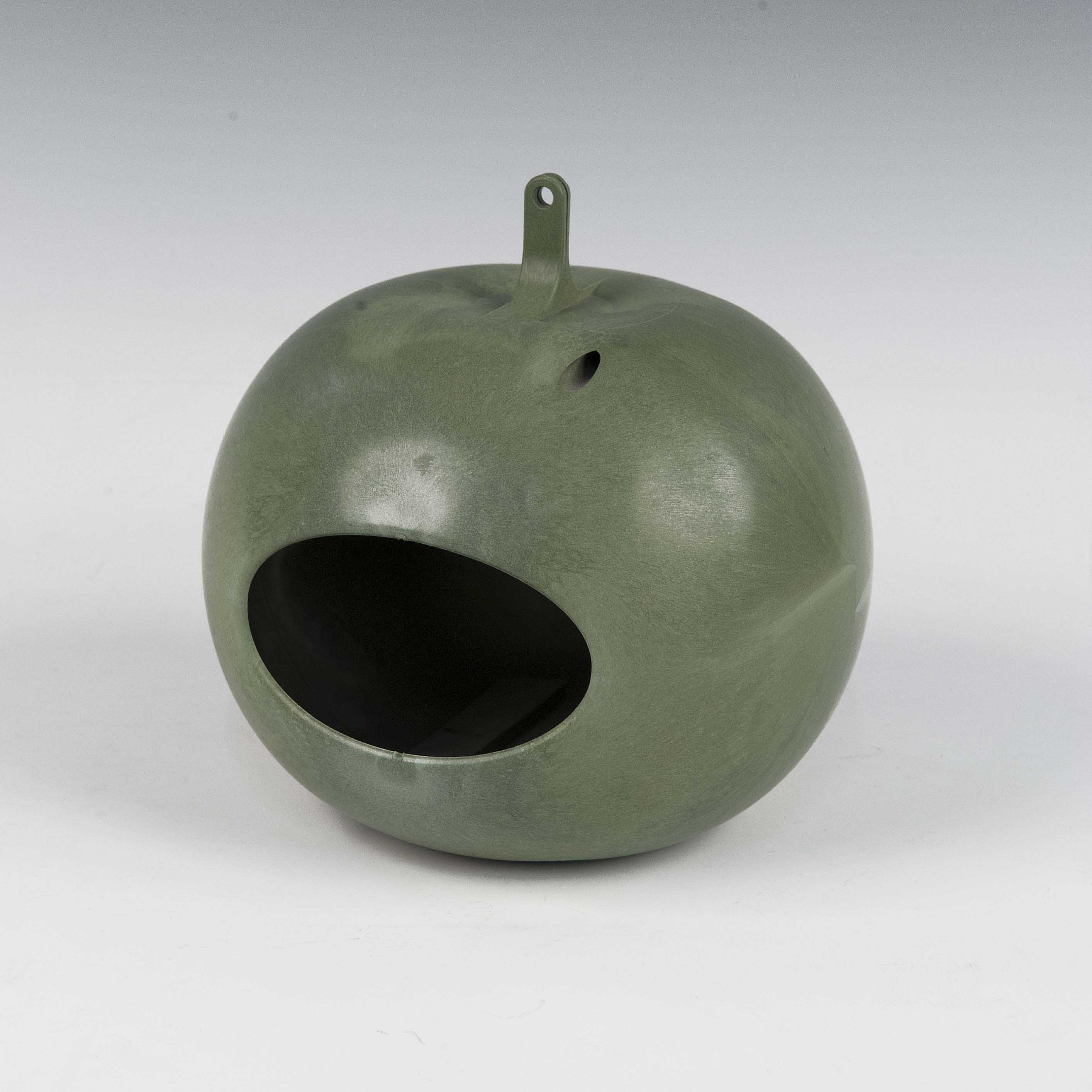Blog
Jennifer Adam, Curator, Bank of England Museum
Why the Future of Money?
Money and the way we use it has changed in recent decades. Digital and contactless payments have transformed the way we handle money from day to day, and the demands on the systems that handle them. It’s the Bank of England’s job to keep looking ahead, to futureproof the economy.
It’s hard to predict what’s going to happen in a few months or years and the Bank of England receives a lot of questions about what might be in store.
So how did we put together an exhibition about the future?
Curating an exhibition about the future can seem a bit counter-intuitive for a museum: we tend to collect artefacts from the past and present. But gathering these together shows how things have changed in recent years.
To create this exhibition we looked at questions received by the Bank’s enquiries team, at comments gathered during outreach work at the Bradford Science Festival and Citizens’ Forums, and from comment cards in our galleries. This gave us a glimpse into what you wanted to know about, which we then took to experts working on these issues at the Bank.



